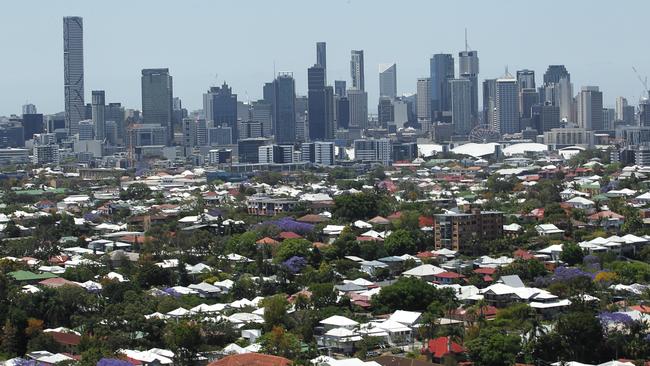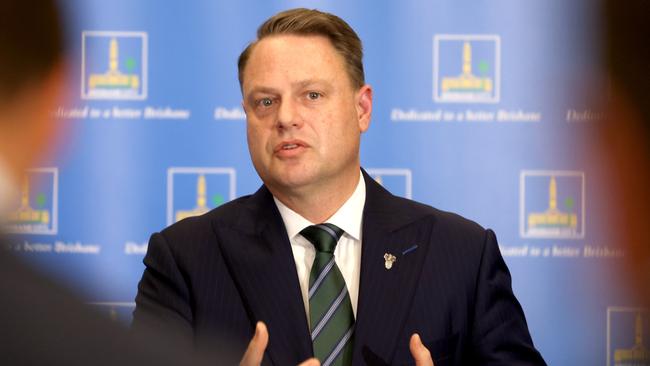Brisbane City Council’s plan to transform industrial suburbs to solve housing crisis
Sections of Brisbane’s ageing industrial suburbs such as Moorooka’s magic mile could be transformed into major residential precincts to address the city’s housing crisis.
Brisbane City
Don't miss out on the headlines from Brisbane City. Followed categories will be added to My News.
Lord Mayor Adrian Schrinner has proposed transforming sections of industrial-focused suburbs into new residential precincts to ease the city’s chronic housing supply issues.
The Suburban Renewal Precinct Initiative, unveiled in the Brisbane City Council’s budget on Wednesday, aims revitalise areas dominated by ageing industries with existing transport networks to service a jump in population.
The plan, dubbed by the Mayor as suburban renewal, is in its infancy — it has no current allocated funds and will require rezoning approval — but it is hoped will mirror previous transformations of South Bank, Newstead and Teneriffe.

Cr Schrinner refused to explicitly reveal which area the council had in mind, but his repeated reference to ageing car yards gave a strong indication Moorooka’s magic mile on Ipswich Road would be the prime candidate.
“Suburban renewal is all about identifying those smaller areas in suburbs across the city where you can have new residential communities growing,” he said.
“You’ve seen industry changing — one of those industries that has changed significantly is the car sales industry.

“Areas that used to have lots of space taken up by large car yards … those car yards have closed down or moved to other areas — that’s a lot of space that could be potentially turned into residential and mixed-use communities.”
The Mayor said the initiative was inspired by the transformation of South Bank as well as Teneriffe and Newstead, which have gentrified into popular regions to live and dine.
“So what we’re trying to do now is to take that model, which we know works, and bring that to new areas that are industrial or commercial, and bring them alive,” Cr Schrinner said.
“Many of them actually have really good access to public transport and infrastructure.”




